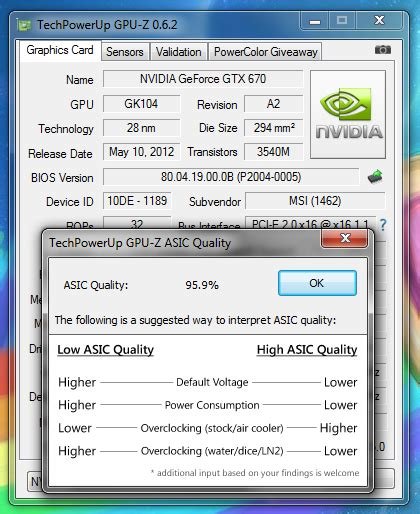Ethereum: Does Asic API exist?
Because your Antminer Asic is connected to the Internet, you already have a great start. To download and store data from many ASICs, you need to implement the application programming interface (API), which allows you to send demands to ASICS and receive their answers. In this article, we will examine whether such API interfaces exist in the case of Blockchain based on Ethereum and we provide tips on how to configure the solution.
What is ASIC API?
API ASIC usually refers to the application programming interface provided by the ASIC manufacturer (e.g. Antminer in your case). These API interfaces usually allow programmers to interact with Thheasic firmware, download data or send demands to access a specific function. In Blockchain applications based on Ethereum, this may include recovery and storage of data from many ASICs.
Does Ethereum have ASIC API?

Unfortunately, there is no direct, publicly available APi -specific interface for Ethereum to interact with individual ASICs, such as your Antminer. However, the Ethereum virtual machine (EVM) provides several API interfaces that allow programmers to access various data and blockchain functionality:
- Web3.JS
: Popular JavaScript Library for interaction with the Ethereum network. Although they are not specific for ASICS, Web3.js can be used to connect to many ASICs and download their data.
- ethereum.js : Another JavaScript for Ethereum Development library, which also provides API interfaces for access to blockchain data.
To implement the API interface, which enables interaction with the antiminer interface from another program on another computer, we will focus on using Web3.js.
Configuring the solution
Here is a high level review, how you can create a simple solution:
1.
`Bash
NPM Install Web3
- Create an Ethereum account and get a private key : You must create an Ethereum account, generate a new private key and store them safely.
3.
`Javascript
Const Ethers = requires ("ether");
Const axios = requires ("axios");
Async Getasyncdata function (ID, Privatey) {
Const provider = new ethers.providers.web3provider (New Ethers.providers.jsonrpcProvider ('
Const Contract = ethers.contract (AntminerContract, {Date: 0x $ {id} … }, supplier);
to try {
Const Response = axios.get (https: // $ {ID} .etherscan.io/API/Properties
const hashrate = json.parse (response.data) [‘hashrate’];
Const temperature = answer. Date [“temperature”];
console.log (Hash rate: $ {Hashrate} GHz, temperature: $ {temperature} ° C);
// Store data in a local database or file
Localstorage.setitem (ID, Labor rate: $ {Hashrate} GHz, temperature: $ {temperature} ° C);
} catch (error) {
console.error (error);
}
}
`
4.
`Javascript
const getasyncdata = async () => {
Const ID = "Your_id";
const private = "your_private_key";
to try {
expect Getasyncdata (ID, privatey);
} catch (error) {
console.error (error);
}
};
Getasyncdata ();
- Run the script : Save both files and run “Main.js` in your terminal.
This basic example shows how you can use WEB3 .js to connect to the antminer interface and download its data, including the speed of shortcuts and temperature.